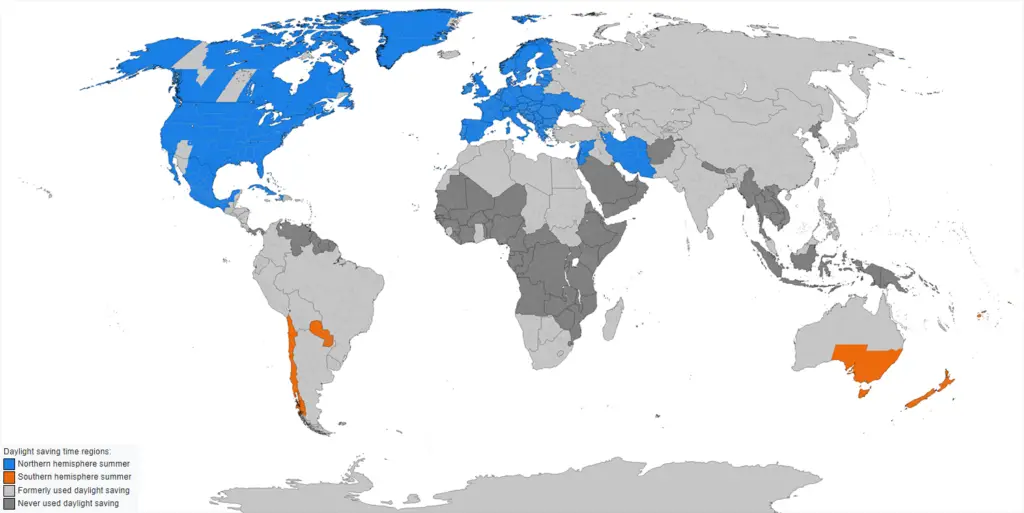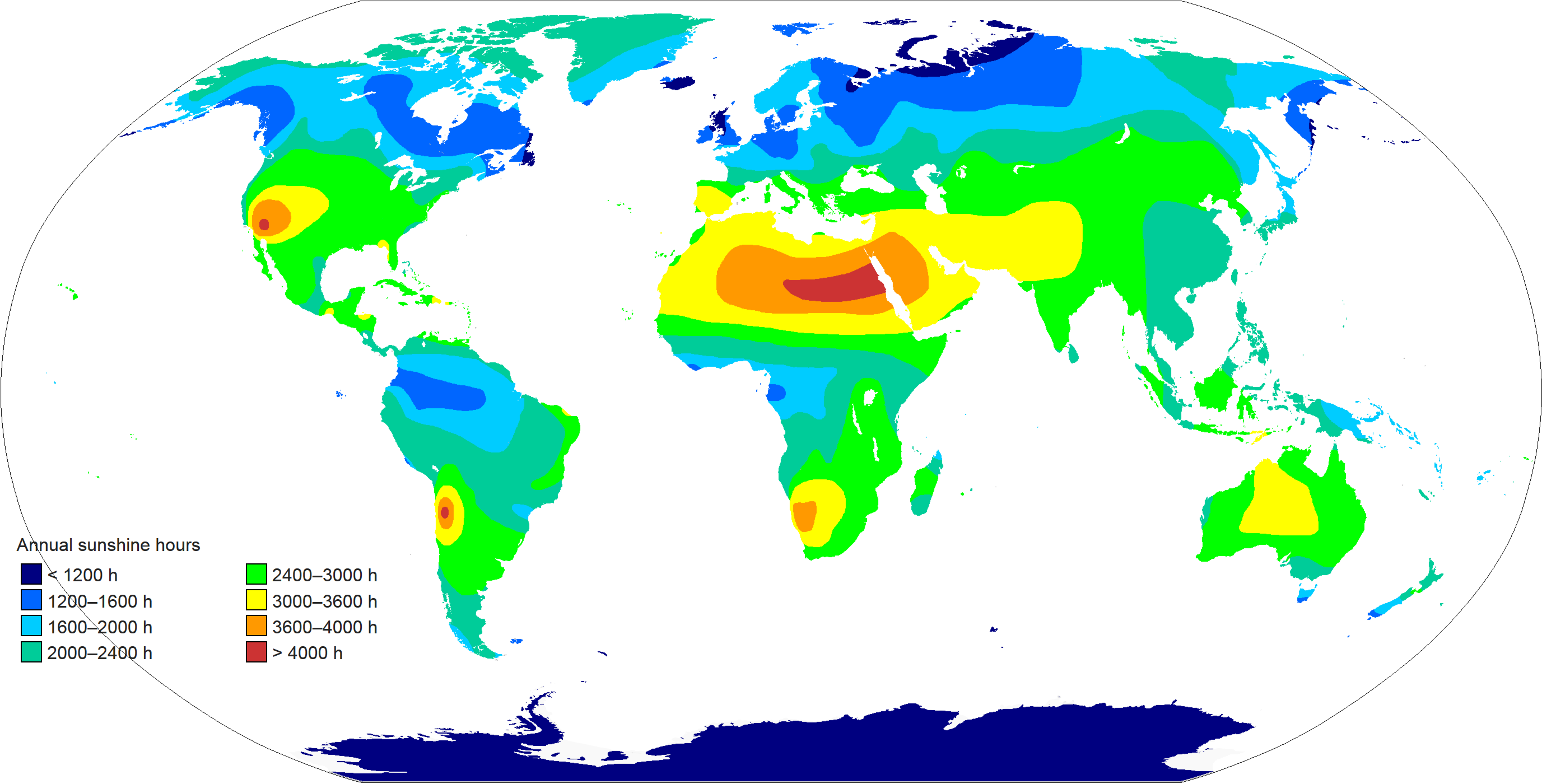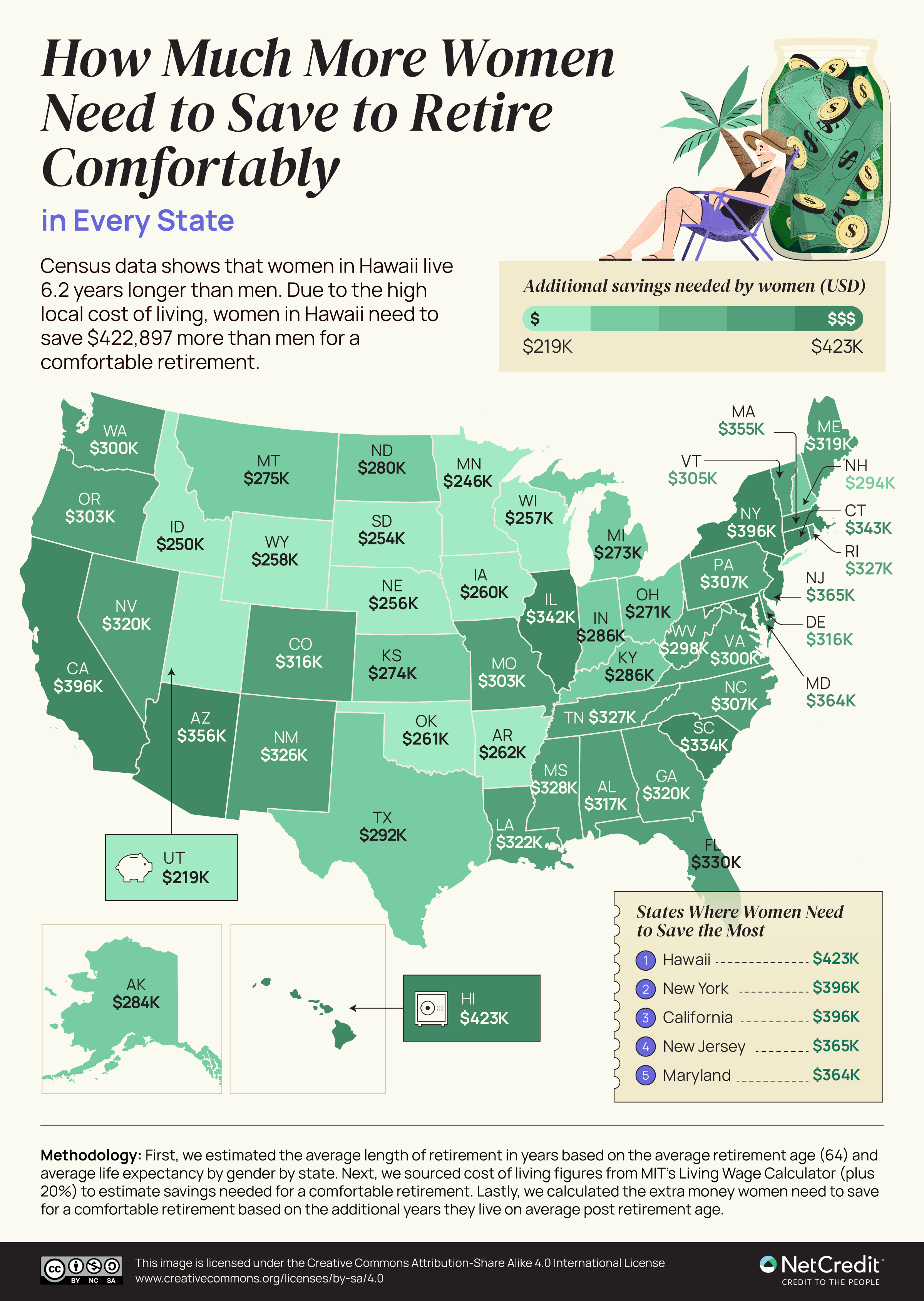Countries that observe daylight saving time
Daylight saving time or summertime is the practice of changing clocks typically by one hour when warmer months so that dusk comes at a later clock time. The typical usages of daylight saving time are setting clocks ahead by one hour in the spring and changing clocks back by one hour in fall to return to standard time.
Benjamin Franklin first offered the concept to manage clocks in 1784. The American politician and inventor jocularly proposed it as a way to save candle usage.
In 1895, New Zealand entomologist George Hudson seriously suggested shifting clocks by 2 hours every spring to the Wellington Philosophical Society. He desired to have more daylight hours to dedicate to collecting and studying insects. Though the concept got some serious attention in 1907 in the United Kingdom when British citizen William Willett presented it to save energy, it was never executed.
In 1916, the German Empire and Austria-Hungary each established the first national implementation in their jurisdictions. Many nations have used daylight saving time at different times since then, especially since the 1970s energy crisis.
Nowadays, most developed nations observe daylight saving time. The United States, besides the tropical states of Hawaii and Arizona, observes it because, in American temperate latitudes, the sun rises around 04:30 on the summer solstice and sets about 19:30.
Some Australian states and territories observe it, while other parts do not as well.
Daylight saving time is of little use for places near the equator, where sunrise and sunset times do not change enough to justify it. That is why Asia and Africa usually don’t observe it.
The effect also changes according to how far east or west the place is inside its time zone, with regions very east inside the time zone profiting more from daylight saving time than locations considerably west in the same time zone.
The changing of time at higher latitudes (for instance, Alaska, Scandinavia, Iceland) has an insignificant influence on everyday life because the length of day and night changes more significantly during the seasons than other latitudes. Sunrise and sunset times become extremely out of phase with official working hours despite manipulations of the clock.

Most of the U.S. starts daylight saving time at 2:00 a.m. on the second Sunday in March and returns to regular time on the first Sunday in November. In the United States, each time zone turns at a different time.
In most European countries, summertime starts and ends at 1:00 a.m. Greenwich Time. It starts the last Sunday in March and finishes at the end of Sunday in October. In the European Union, all time zones turn at the same moment.








